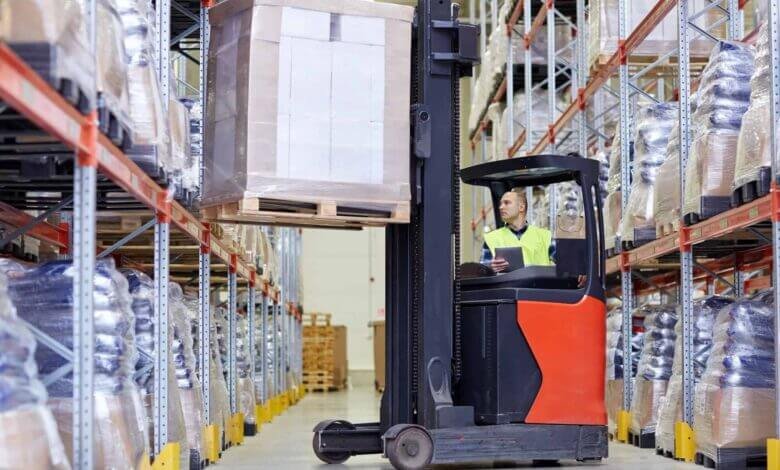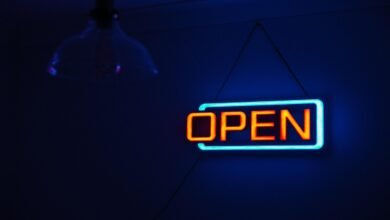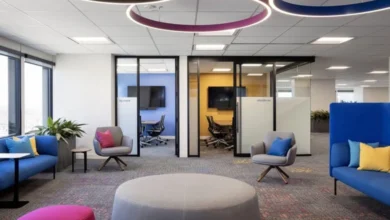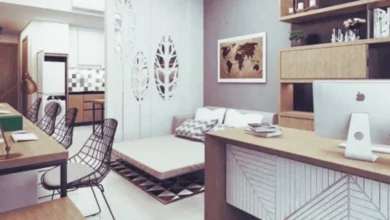Top 5 Essential Warehouse Lifting Equipment

Are you looking to break into the world of warehouse lifting? Do you feel like you need industrial equipment to accommodate your work?
Work safely with freight and packages by using a few simple machines. Check out this article for tips on essential warehouse lifting equipment to help you be more productive in your workplace.
Read on!
1. Pallet Jacks
They are straightforward to maneuver and can lift any size pallet with a simple joystick movement. Their design makes them highly efficient and versatile. They are used for providing an incredibly effective and safe material handling solution.
The built-in safety features prevent any possible injuries or accidents. This helps protect the employee as well as the goods handled. This equipment provides the warehouse with mobility, flexibility, and productivity.
2. Order Picker Forklift
They are ideal for order picking and can reach up to 8 m in height. They feature a separate platform attached to the overhead carriage, providing the operator with an optimal working position.
Order picker forklifts are great for transporting loads the length of the warehouse tools. This can pick up multiple items in one cycle.
Order pickers can be an excellent investment for warehouse management for safe and efficient loading and unloading of goods. This can be essential in meeting the needs of the warehouse and improving safety and productivity.
3. Cranes
Cranes are an essential part of a warehouse lifting equipment library. They are responsible for moving heavy objects from one place to another quickly and efficiently. They are a must-have for any warehouse and essential in providing safety and efficiency needs.
Cranes offer various features: they can suspend from ceilings, use a specific counterweight system for raising and lowering, and have wheeled or mobile bases.. From ensuring proper safety protocols to providing strength and durability for everyday tasks, cranes should always be part of any setup.
4. Truck-mounted Forklift
This type of forklift is designed to effortlessly transport weights of up to 25 tons within a warehouse, transferring them between different area.
It can be attached to a truck and usually driven on public roads. This type of forklift is ideal for tackling industrial-sized loads that require transportation from one point to another.
It’s powered by gasoline and has advanced safety features such as a retracted mast and backup camera. It’s an essential piece of equipment for any warehouse that regularly transports large loads of equipment and materials.
It offers an efficient and safe way to transport and handle heavy-weight material. If you don’t have one yet, look into this truck mounted forklift for sale.
5. Handrails
They provide stability and support so that materials can be safely lifted. Handrails allow workers to move freely throughout the warehouse and provide protection from slips and falls.
Handrails also facilitate reaching the overhead shelf for items requiring placement at higher positions. They are necessary when moving large, heavy items such as pallets or boxes. In addition to these basic handrail types, specialized handrail products include side-tract or adjustable handrails.
Choose the Best Warehouse Lifting Equipment for Your Needs
Warehouse lifting equipment is essential for increasing the safety and productivity of any organization. Investing in the right equipment for your specific warehouse needs can make the difference between success and failure. Contact a professional today to find the perfect lifting equipment that fits your needs.
Did you find this article interesting? Check out the rest of our site today!
Also read:






